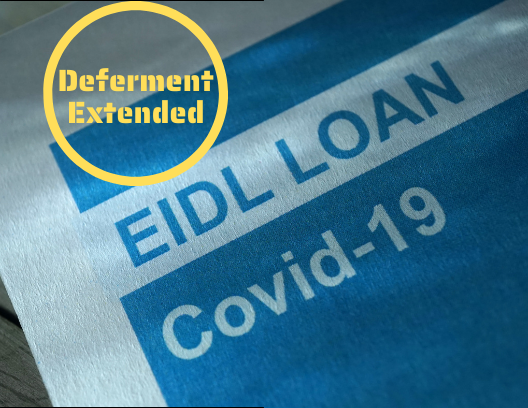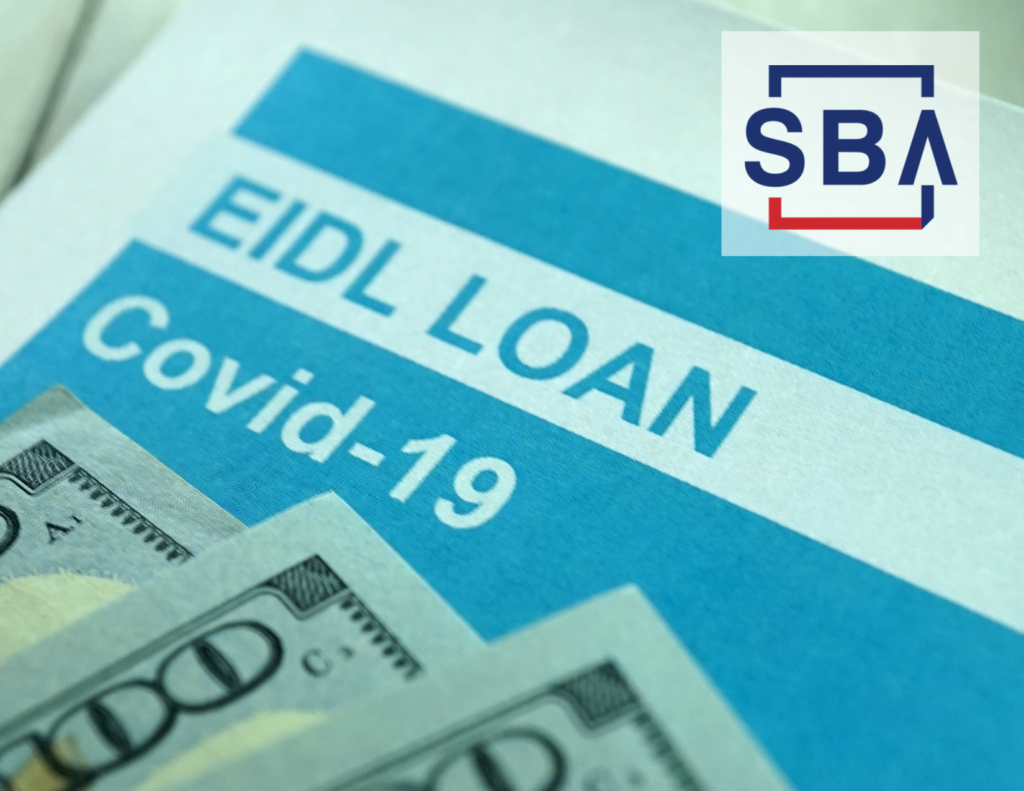On March 15, 2022, Administrator Isabella Casillas Guzman, head of the U.S. Small Business Administration directed the U.S. Small Business Administration (SBA) to provide additional deferment of principal and interest payments for existing COVID Economic Injury Disaster Loan (EIDL) program borrowers. This will provide a total of 30 months deferment from inception on all approved COVID EIDL loans.
This is the third time in the past 12 months that the SBA has extended the deferment period for the COVID EIDL loans.
The SBA intends this deferment period to provide additional flexibility to small business owners impacted by the pandemic, especially those in hard-hit sectors managing disruption with recent variants, as well as recent supply chain and inflation challenges amid a growing economic recovery.
Read the SBA press release for more information.









